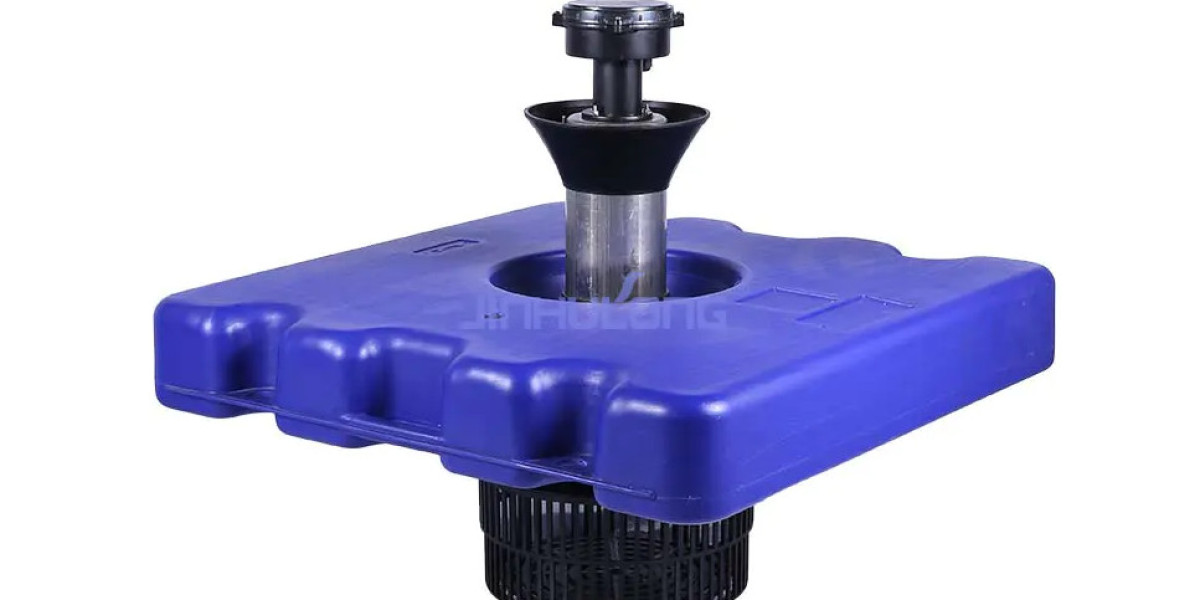Temperature is a significant factor influencing the performance and lifespan of submerged aeration equipment. Whether in wastewater treatment, aquaculture, or industrial processes, aerators must function reliably across a range of thermal conditions. This raises a key question: Can a system like the circumferential aeration aerator handle extreme water temperatures without compromising its efficiency or integrity?
To answer this, it’s essential to first understand how temperature affects both the physical components of an aerator and the aeration process itself. Materials such as membranes, diffusers, seals, and support structures are all subject to thermal expansion, contraction, and material degradation. High temperatures can accelerate wear, soften polymers, or cause adhesives to fail, while low temperatures may lead to brittleness and cracking.
Fortunately, many modern aeration systems are constructed using high-performance elastomers, corrosion-resistant plastics, and stainless-steel components designed to withstand a wide thermal operating range. For example, flexible membranes commonly used in circular aerators are often made from EPDM (ethylene propylene diene monomer) or silicone, both of which can operate effectively in environments ranging from sub-zero to over 80°C (176°F). These materials retain elasticity and durability even when exposed to temperature fluctuations over long periods.
In high-temperature water, especially in industrial or geothermal applications, the aerator must maintain both structural stability and consistent bubble output. Some systems incorporate reinforced membranes or thermally stabilized polymers to prevent softening or deformation. In low-temperature settings, such as cold-weather wastewater treatment or outdoor aquaculture ponds, anti-freeze-resistant materials help ensure the diffuser remains flexible and unblocked by ice or sludge buildup.
Beyond the material aspect, aeration performance is also influenced by the physical properties of water at different temperatures. For instance, oxygen solubility decreases as temperature rises, meaning more air may be needed to achieve the same dissolved oxygen concentration. Conversely, colder water holds more oxygen but has higher viscosity, which can affect bubble rise rates and diffuser backpressure.
A well-designed aeration system should take these factors into account. For instance, systems may require adjustable airflow controls to compensate for seasonal temperature changes or automatic pressure relief mechanisms to prevent membrane damage in icy conditions. With the right setup, a circumferential aeration system can be adapted to operate efficiently across a wide temperature range without significant loss in performance.
To summarize, the thermal performance of a circumferential aeration aerator largely depends on the materials used and the system's overall engineering. Most high-quality units are built to endure both elevated and freezing water temperatures, making them suitable for diverse environments. However, achieving reliable long-term operation in extreme conditions still requires careful selection, proper installation, and regular maintenance to prevent temperature-induced failures. When these factors are addressed, the system can maintain consistent aeration output and durability regardless of water temperature.

![IT Asset Disposition (ITAD) Market Size | Forecast [2035]](https://connectawakenstorage.fra1.digitaloceanspaces.com/upload/photos/2025/05/WMLqTdyXzaY8R5h85kXR_28_67e8f582a5730883f96eaa49e7679b92_image.png)

